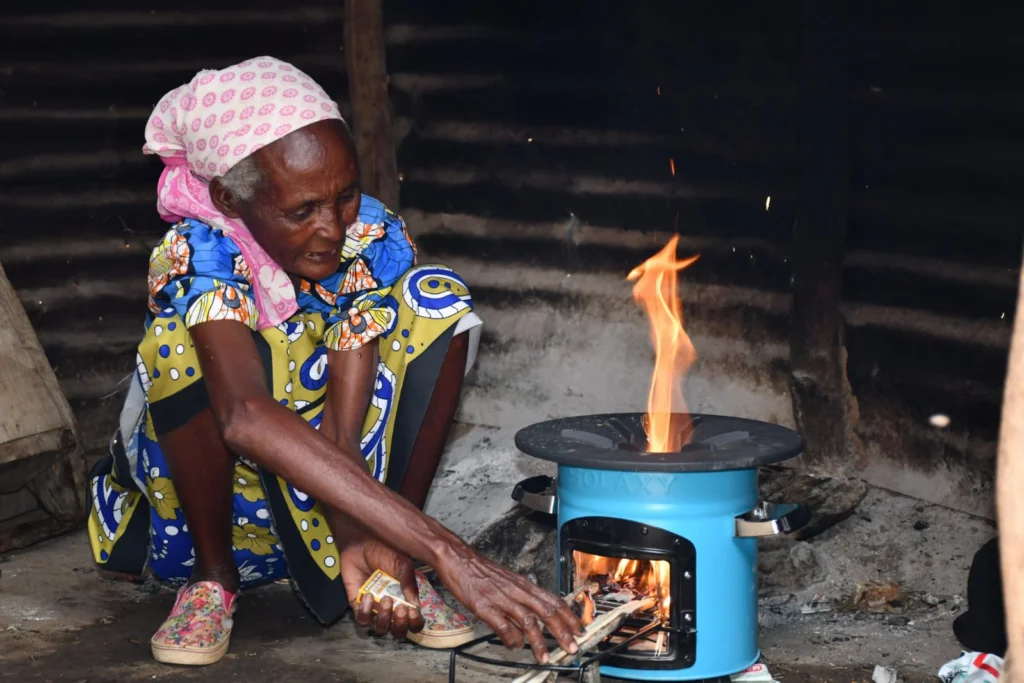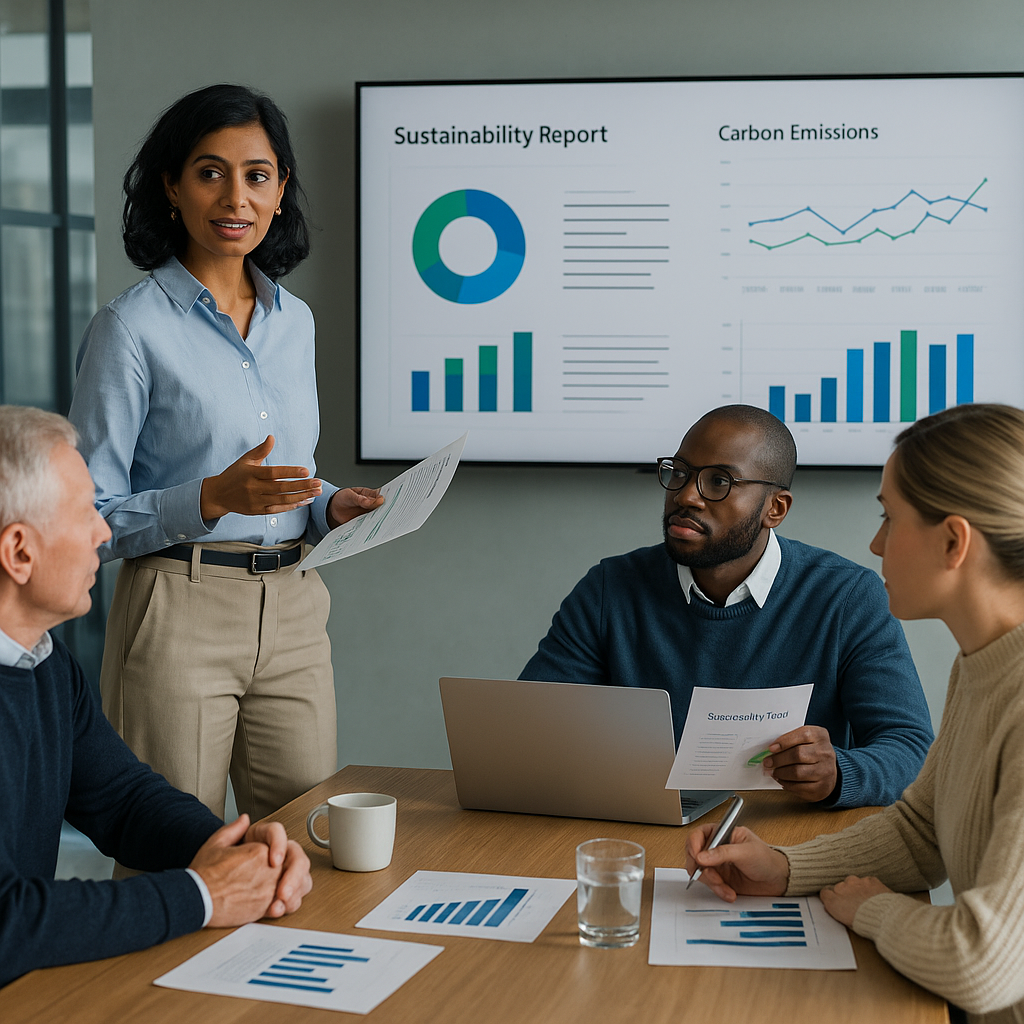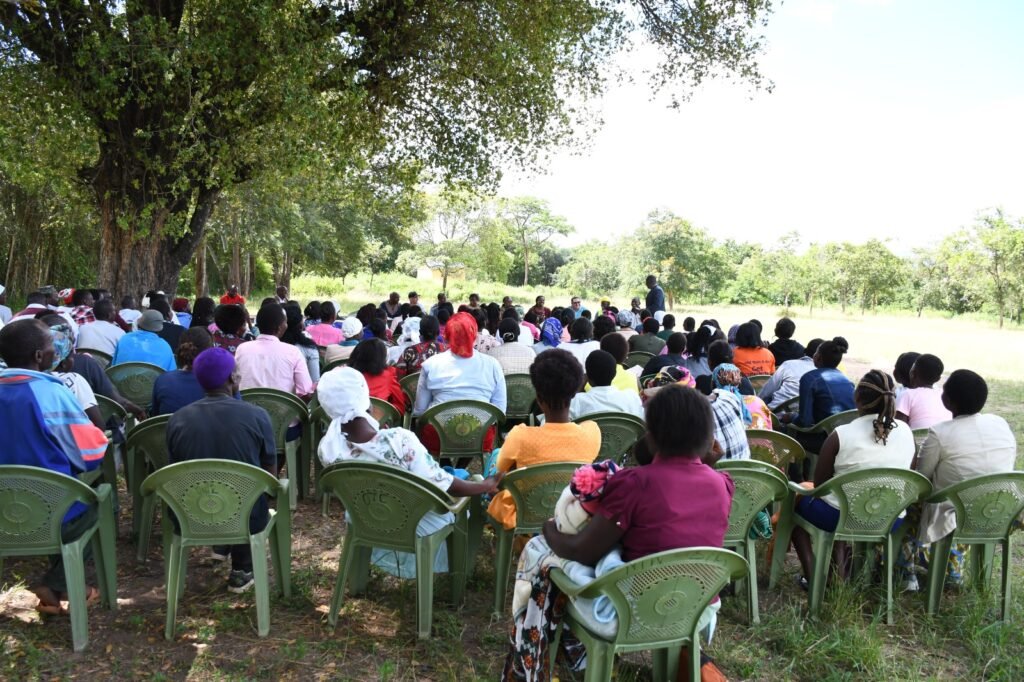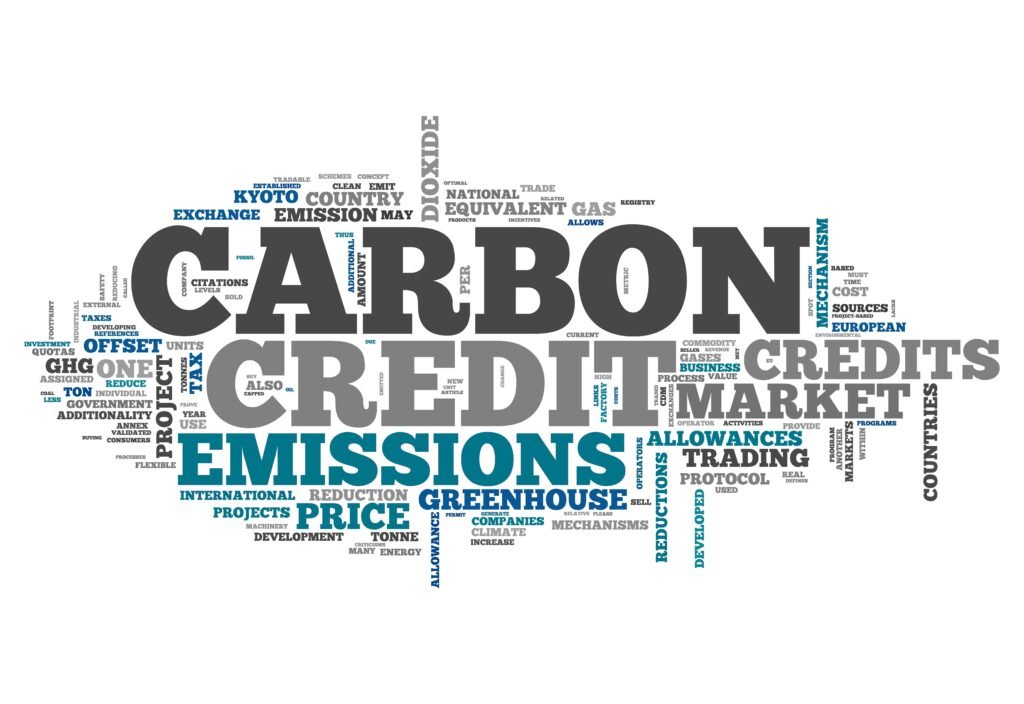Leading the Way to Carbon Neutrality with Innovative Offset Projects
Your Trusted Source for Carbon Offsets
At Solaxy Group, we are your trusted partner in achieving climate neutrality with effective carbon offset solutions. Each carbon tonne purchased supports essential new developments to meet global climate targets. With our experienced team, we provide tailored carbon offset solutions for unavoidable emissions, leveraging expertise across sectors and regions worldwide.

![IMG-20250403-WA0035[1]](https://solaxygroup.com/wp-content/uploads/2025/08/IMG-20250403-WA00351-1024x768.jpg)



